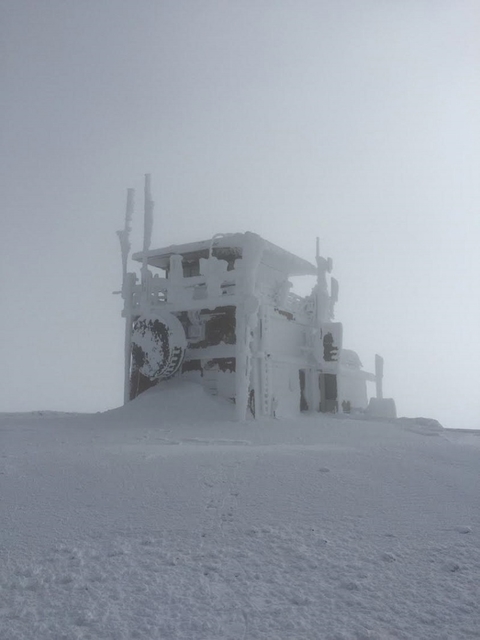With blizzard conditions hitting the Northeast, Basking Ridge, New Jersey-based Verizon was confident its network would perform without a hitch—largely because they planned it that way.
For the record, other operators also reported no issues during the violent winter storms and the “bomb cyclone” hitting the East Coast. An AT&T spokesman said Friday that its network performed great throughout the storm. T-Mobile posted a notice saying it was ready for the historic storm and outlining what it does before any major storm, including this one, and advised customers to send texts instead of calling to free up network resources for emergency responders and the like.
Sprint also said its network was performing great. Network and emergency response teams have been on the ground monitoring performance, working with local authorities, and making sure back-up batteries and generators are staged in case they’re needed, but “all is well,” a spokeswoman said. Some retail stores had to close earlier in the week, but many had reopened by Friday.
Verizon boasted in a blog post about how its “Extreme Network” was designed and built to stand up to the most extreme circumstances, with reinforced roofing, specialized entranceways, thicker insulation and fiber buried to a much deeper level are key characteristics for weather-fortified buildings.

(Image: Verizon)
Of course, the gear has to be designed from the beginning to withstand the extra weight that ice brings—and when it melts, they have to be prepared for that. Verizon said that when ice melts, it can deploy aquadams that extend 500 feet around the perimeter of a switch location. When those are filled with water, it acts as a barrier to floodwaters to protect the building.
Interestingly, even on cold days, the equipment in some of its ground-based facilities still requires air conditioning, according to Mike Haberman, vice president, Network Support, at Verizon. In some cases, the building is set up so that the outside air can be used to cool the gear, but they still need the ACs.
Generally, engineers are designing network equipment so that it can be monitored and configured remotely, but when severe weather occurs and a trip must be made, the company’s rigs are equipped with snowcats and snowmobiles so that the technicians can get to the sites to fix problems. Hence, it’s not just a fleet of COWs and generators that are on hand but snowcats as well.
As for employees, there’s always someone on duty 24/7—that’s part of the normal course of business for telecom companies, so people are around to do maintenance and go out and fix the problems.
Aside from internal planning, Haberman said they’re also thinking about how many customers are going to be working remotely because it’s simply too treacherous to make the commute. That means making sure trunk lines and conference bridges are ready for the deluge of people who are going to be dialing into 800 numbers for teleconferencing.
RELATED: Verizon’s Palmer: ‘Our network is an absolute beast,’ resilient in wake of hurricanes
Basically, all the preparation for big storms, whether it’s snow or hurricanes, gets done well before the time actually comes—making sure generators and batteries are in place, fuel and so on. “There really isn’t a worry from my standpoint,” he said. “It’s more or less a checklist that we go down before a storm hits.”
Editor's Note: Story updated Jan. 5 with additional information from AT&T, T-Mobile and Sprint and photos from Verizon.